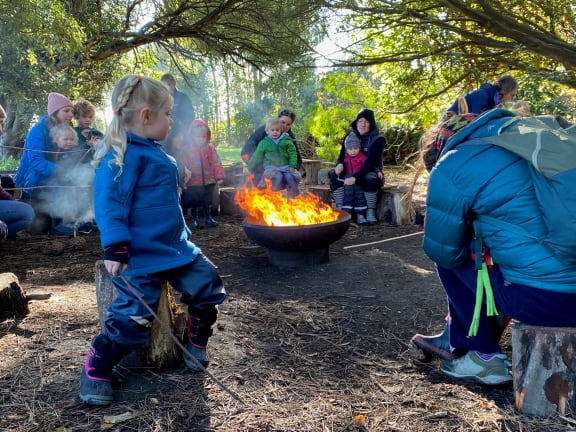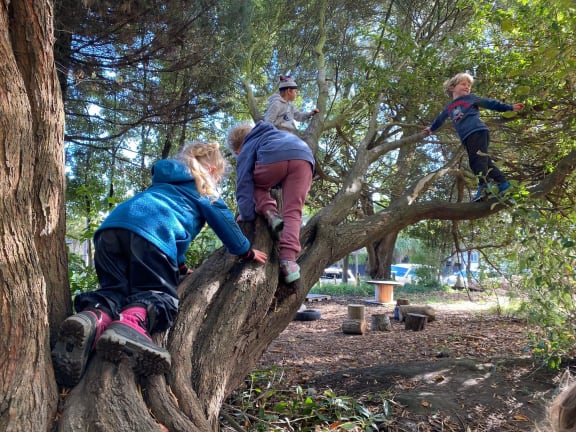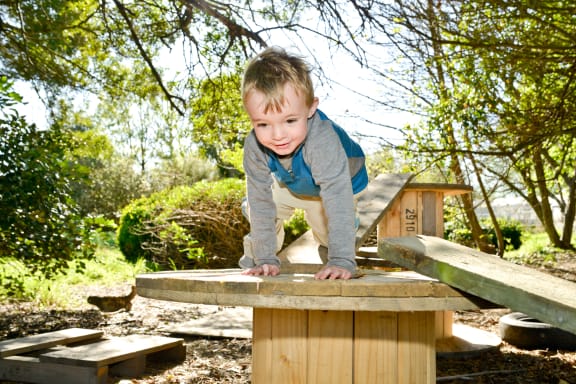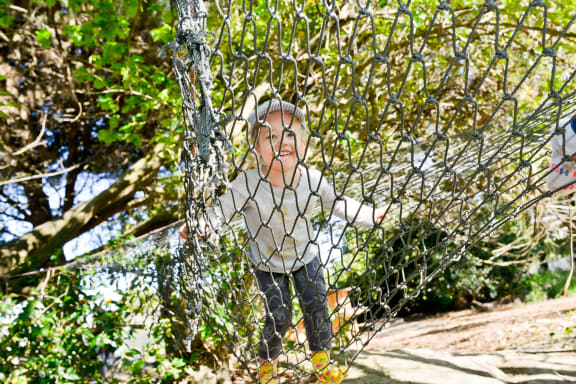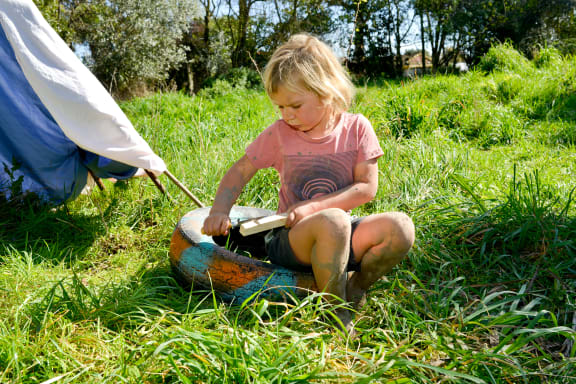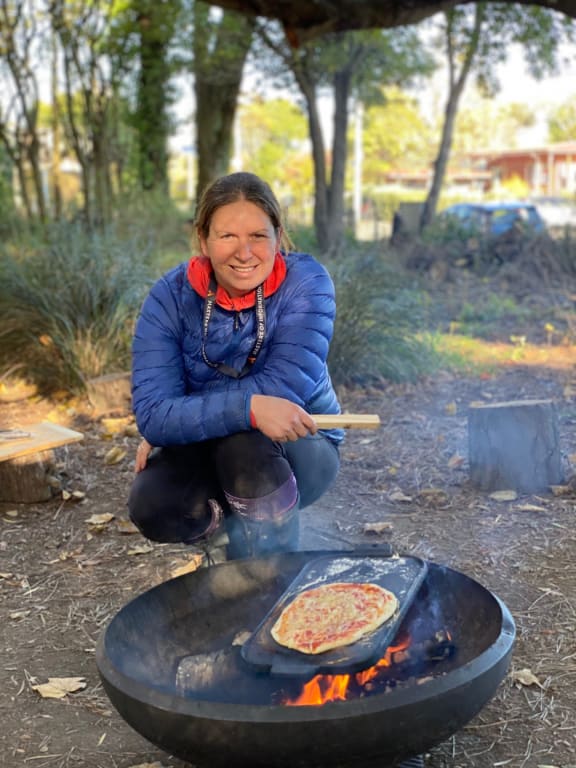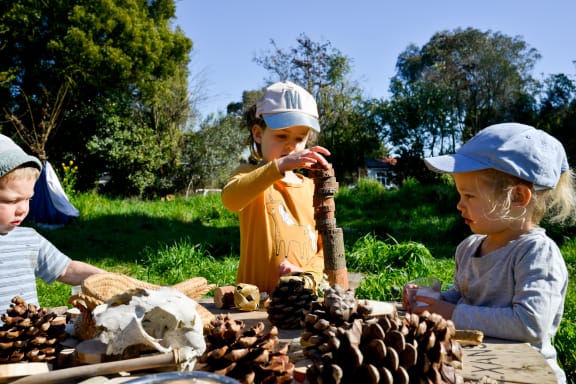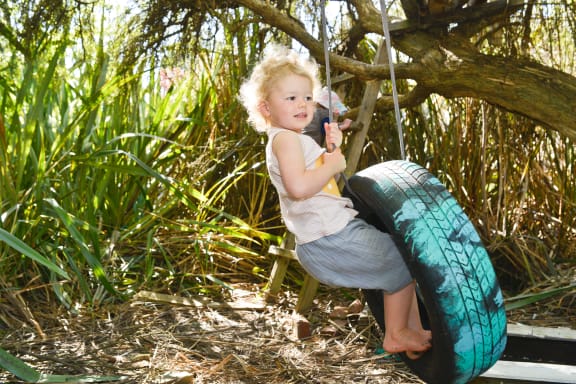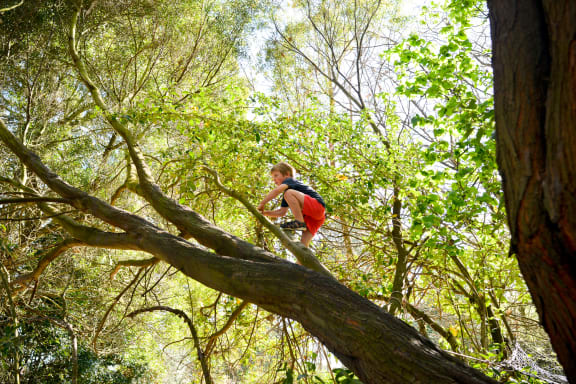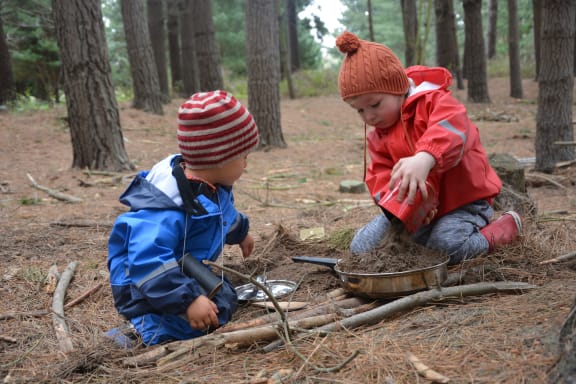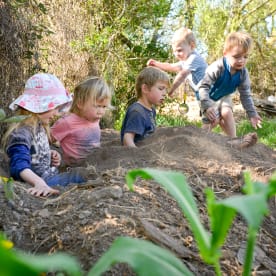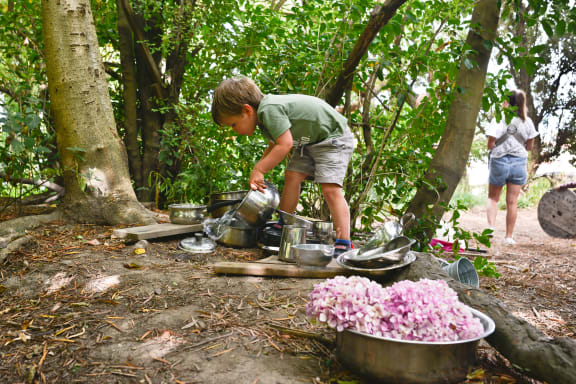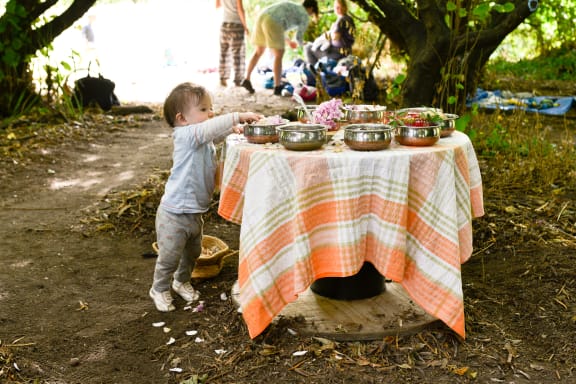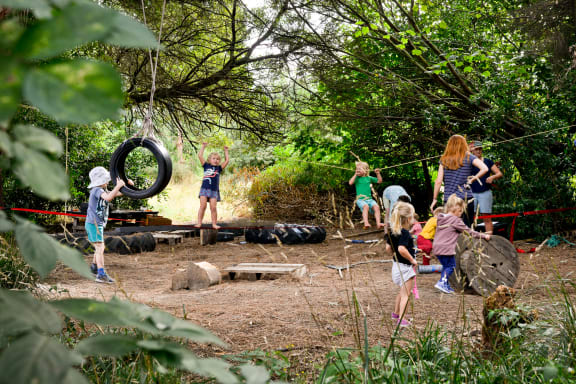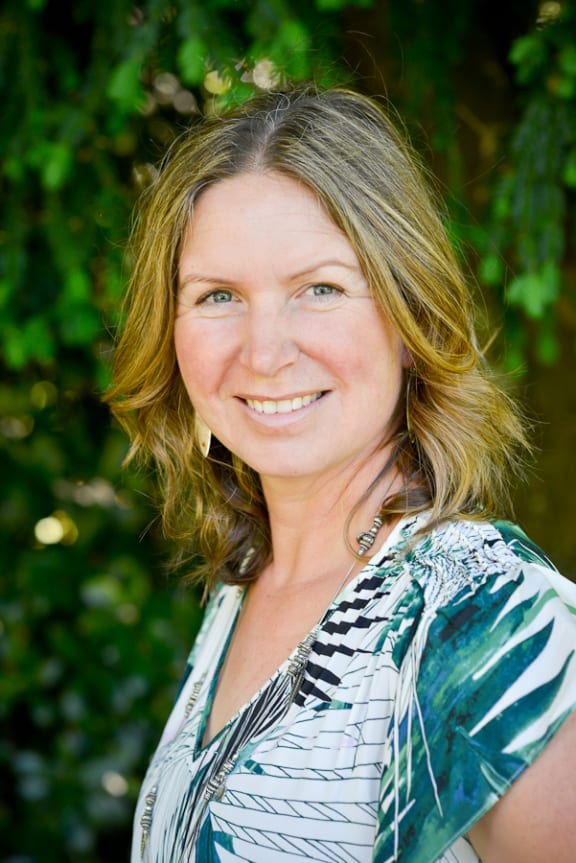Playing in nature can build a positive mindset, courage, resilience, and enable cooperation in tamariki.
Celia Hogan from Little Kiwis Nature Play is a passionate advocate for nature play and has petitioned parliament for outdoor education licenses to be issued for early childhood providers.
Hogan runs a Bush Kindy and Bush School for families in Ōtautahi Christchurch, where there's a long waiting list, and offers professional development training for teachers and parents on all things to do with nature.
With the growth of urbanisation and changes in our lifestyles, children are getting less outdoor play compared with previous generations, Hogan tells Kathryn Ryan.
“Some councils are really picking up on this and making this a focal point for the way they design their new subdivisions,” she says.
“But also, like Wellington City Council, they’ve been doing some great work in the play space and activating their natures spaces and reserves and parks. That’s really needed, and we need to have children having easy access, safe access to get to their local park.”
But Hogan notes nature play is slightly different to outdoor play because its focus is on children leading their own play as well as using the elements.
“There is a lot of research that really supports allowing children to have the time to choose how they want to play, because as we touched on before, life is quite different, we’re in quite a structured society, we have to go to school, they might have after school class activities.
“There’s not a huge amount of time for children to choose how they want to play in an unstructured way, and it actually has an impact on mental health.
“If we don’t have enough control over what we’re choosing to do, we can feel out of control and that’s where that anxiety comes from and develops.”
Choosing what to play can be difficult if children have become accustomed to a structured life, Hogan says.
“That’s going to be a bit outside their comfort zone, so some scaffolding can really support them in that, and scaffolding is where we might just make a small suggestion but then let them choose, or we might offer them two or three ideas and then they can choose.”
Educators or teachers need to build connections with children to understand what kind of play is suitable for their abilities, she says.
“For example, when I’m starting with preschool, infant children, when they are climbing a tree, I don’t just stand back, but I don’t hold them and lift them up to assist their climbing.
“If they do fall, I still allow them to feel gravity, but what I do is just protect that head and shoulders … they need to feel gravity to be able to keep themselves safe next time.
“Depending on the child and their ability, you might be doing that for a seven, eight, or nine-year-old, it depends where they’re at. But when you feel comfortable and the child feels comfortable, you can kind of take a step back and allow them to do that themselves.
“So, it is about knowing your child, knowing how they behave in those environments.”
Repetitive patterns in children's play, called schemas, help in brain development, she says.
“For example, if a child is learning how to jump, they will have to practise that over and over and over again, until there’s a connected neural pathway in their brain.
“That desire for them to learn how to jump and teach themselves how to jump is just intrinsic, it’s coming from within and it’s about them developing their brains.”
When playing outdoors where there’s a variety of natural resources, often schemas will play out naturally, she says.
“We often talk about loose parts, which are things that can become many different things. So, like a stick can become a wand, it can be a mixer, a stirrer, it can be a bow and arrow, it can be whatever the child’s imagination can create with it.
“So when we’re looking at choosing a place to go to, we do want to make sure that there are enough natural loose parts left, because as we know parks get cleared from sticks and nuts and seeds and stones.”
Risky play is also beneficial because it supports children’s self-confidence and sense of belonging and ability to assess risk, Hogan says.
“One thing I do want to point out here, there’s a difference between a learning injury and a life-altering injury.
“And risky play, people think it’s really dangerous stuff, but it’s okay for children to get a cut, a bruise, a bump, a scratch and even a simple broken bone can be classed in there, that’s called a learning injury.
“What we’re not talking about when we say risky play is dangerous play where there’s potential for significant harm, that’s drowning, a fall from a great height, that stuff is where we as adults need to manage that risk and step in.”
Celia Hogan is running a Nature Play Course for educators working with neuro-diverse learners in Wellington next week, all about building confidence to use a local space or a back yard for outdoor nature play.
